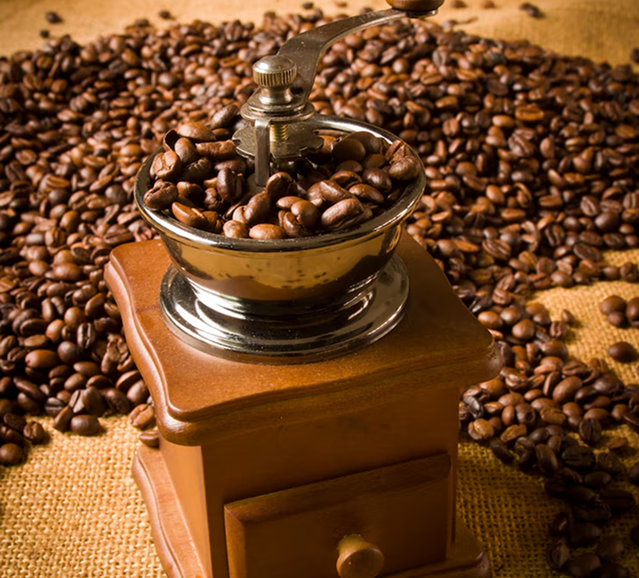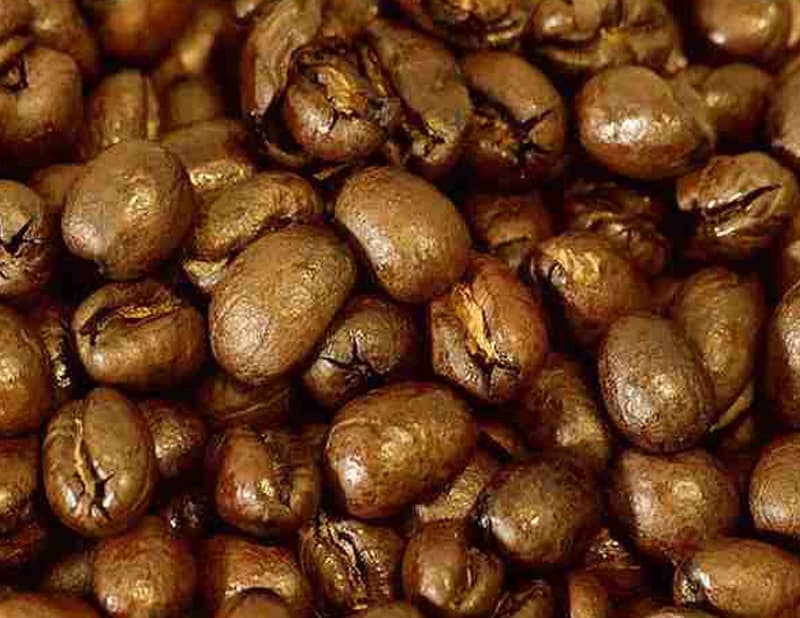
☕ Roasting Profiles: How Light, Medium & Dark Roasts Shape Your Cup When it comes to coffee, roast level isn’t just a preference — it’s a flavor roadmap. Whether you’re sipping a citrusy light roast or a bold, smoky dark roast, the way coffee is roasted dramatically affects its aroma, body, and taste. At Lavanta […]

Whether you’re opening a cozy café, managing a high-volume restaurant, or launching your own private label coffee brand, one thing’s certain: your coffee matters. At Lavanta Coffee, we specialize in commercial coffee services that are built to support your business — with quality, consistency, and care. Here’s a closer look at how we serve cafés, […]

There’s nothing like a crisp glass of cold brew to kickstart your day — or keep you cool in the summer heat. But you don’t need a fancy café to enjoy this chilled classic. With just a few ingredients and a little patience, you can make barista-quality cold brew right at home. Here’s your easy, […]

A Rare Bean with Bold Flavor If you’ve ever spotted “Tanzania Peaberry” on a specialty coffee label and wondered what the fuss is all about — you’re in for a treat. This rare East African gem is one of the most sought-after coffees in the world, known for its bright acidity, fruity complexity, and silky […]

Coffee is one of those foods that has gone back and forth with nutritionists over the years, with some benefits and some drawbacks as well. While this classic beverage has been enjoyed for many years and in many nations, modern consumers are concerned about the effects on the heart, teeth, and anxiety—but, in moderation, the […]
















